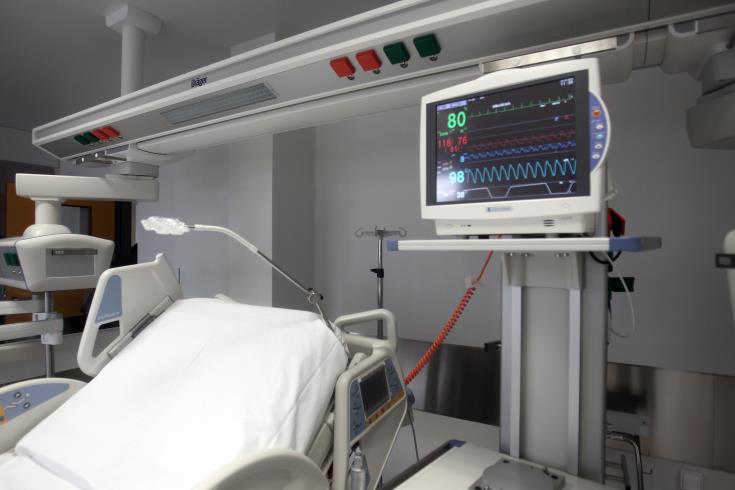The fourth case of monkeypox was identified in Cyprus, with the island’s health authorities confirming it to be the first local transmission.
The case involves a 46-year-old man who tested positive for the virus following a molecular laboratory test carried out by the microbiological laboratory at Nicosia General.
Health authorities said he had no prior travel history, unlike the other three cases which had recently travelled abroad.
The first case involved a 40-year-old Cypriot found positive for the virus on 2 August.
He had just returned to the island from abroad.
Two other cases involving men aged 20 and 30, detected on 6 August, were male tourists.
According to the Health Ministry, the latest case has been hospitalised; he is in very good clinical condition in a specially designed area at Nicosia General, where he is being monitored.
“From the first moment, the relevant protocols for the management of suspected and confirmed cases were put in place,” the health ministry said in a statement.
The ministry’s Epidemiological Surveillance Unit has also begun tracing and informing the man’s contacts.
Cyprus has so far received 1,260 vaccines for monkeypox.
Authorities are offering the vaccine to close contacts of known cases and health workers dealing with monkeypox cases.
The Health Ministry has launched an awareness campaign at hospitals to inform health professionals managing suspected or confirmed cases of monkeypox.
What is monkeypox
Monkeypox is a rare viral infection related to the smallpox virus and mostly occurs in Central and West Africa tropical regions.
It was named so because it was first discovered in a monkey in the late 1950s, while the first human case was recorded in the 1970s.
Primary transmission is described mainly through contact with infected wild animals (primates or rodents) in areas of Central and West Africa or with infected companion animals.
Cases of secondary transmission from person to person are through the respiratory system after inhalation of large droplets and contact with the patient’s skin lesions or with contaminated objects (bed linen or towels).
The transmissibility of the disease from human to human is considered low.
The majority of people infected with the virus are asymptomatic.
For people who develop symptoms, these appear 5-21 days after infection (most commonly around day 12).
These may include fever, headache, back pain, swollen lymph nodes, chills and weakness.










